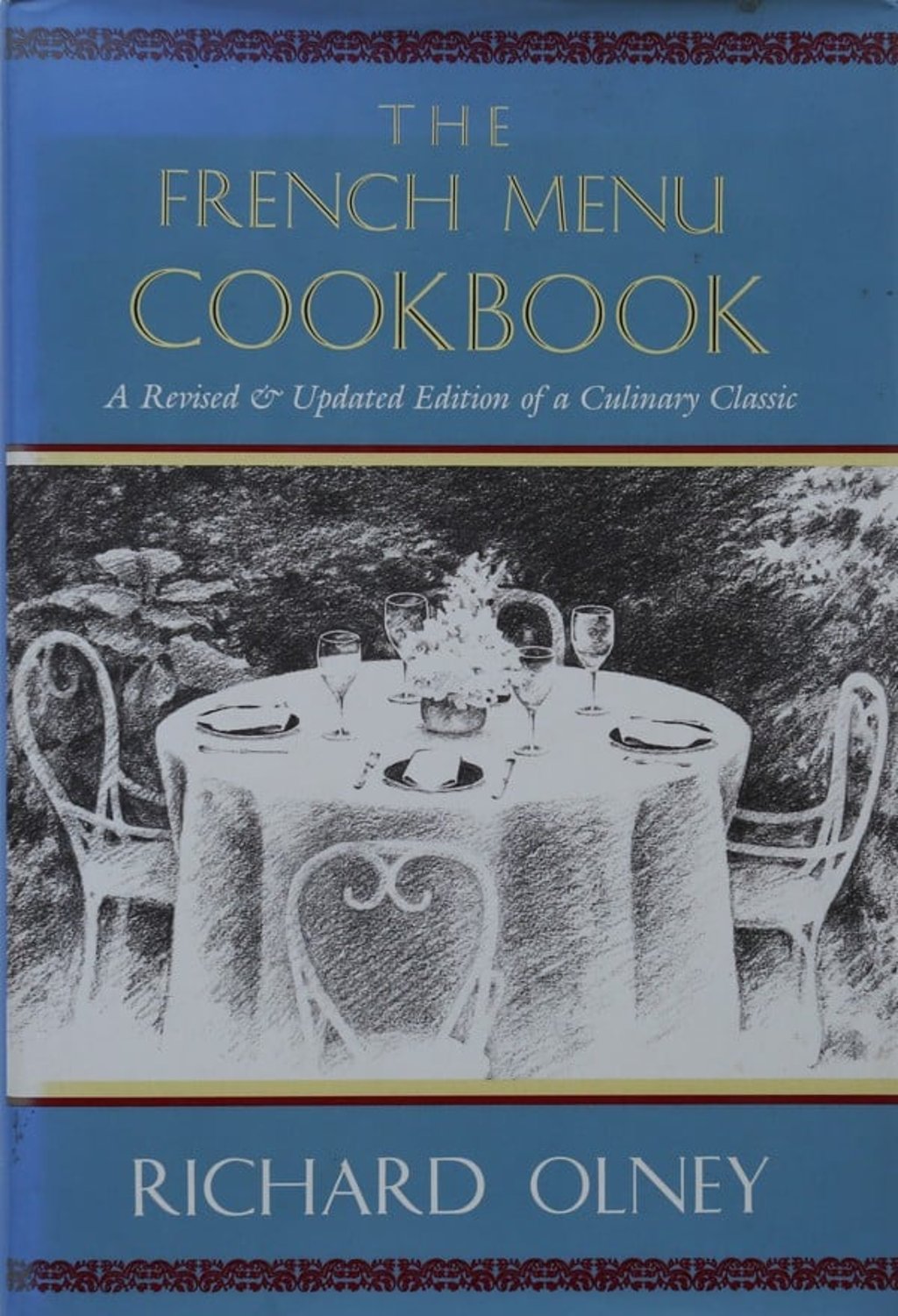The French Menu Cookbook: Richard Olney’s 1970 classic revisited
Olney, like Julia Child and M. F. K. Fisher, fell in love with mid-century France. His classical French recipes are still tempting, 47 years on

Like Julia Child and M.F.K. Fisher, Richard Olney was one of several Americans whomoved to France in the mid-20th century (in 1961, in Olney’s case), fell in love with the food, learned to cook it and then wrote about the cuisine.
In the opening chapter of The French Menu Cookbook (first published in 1970), Olney makes plain his preference for the cuisine of his adopted country.
He writes: “A menu composed of preparations that are not in themselves French may remain totally French in spirit, for it is the degree to which a menu is based on a sensuous and aesthetic concept that differentiates a French menu from all others. It may be served under the simplest and most intimate of circumstances, but its formal aspect is respected, and its composition – the interrelationships and the progression of courses and wines – is of the greatest importance.

Fortunately, this is a cookbook meant to be used at home, not in a professional kitchen with a brigade of skilled assistants, and Olney subscribes to the notion that simple can be good.